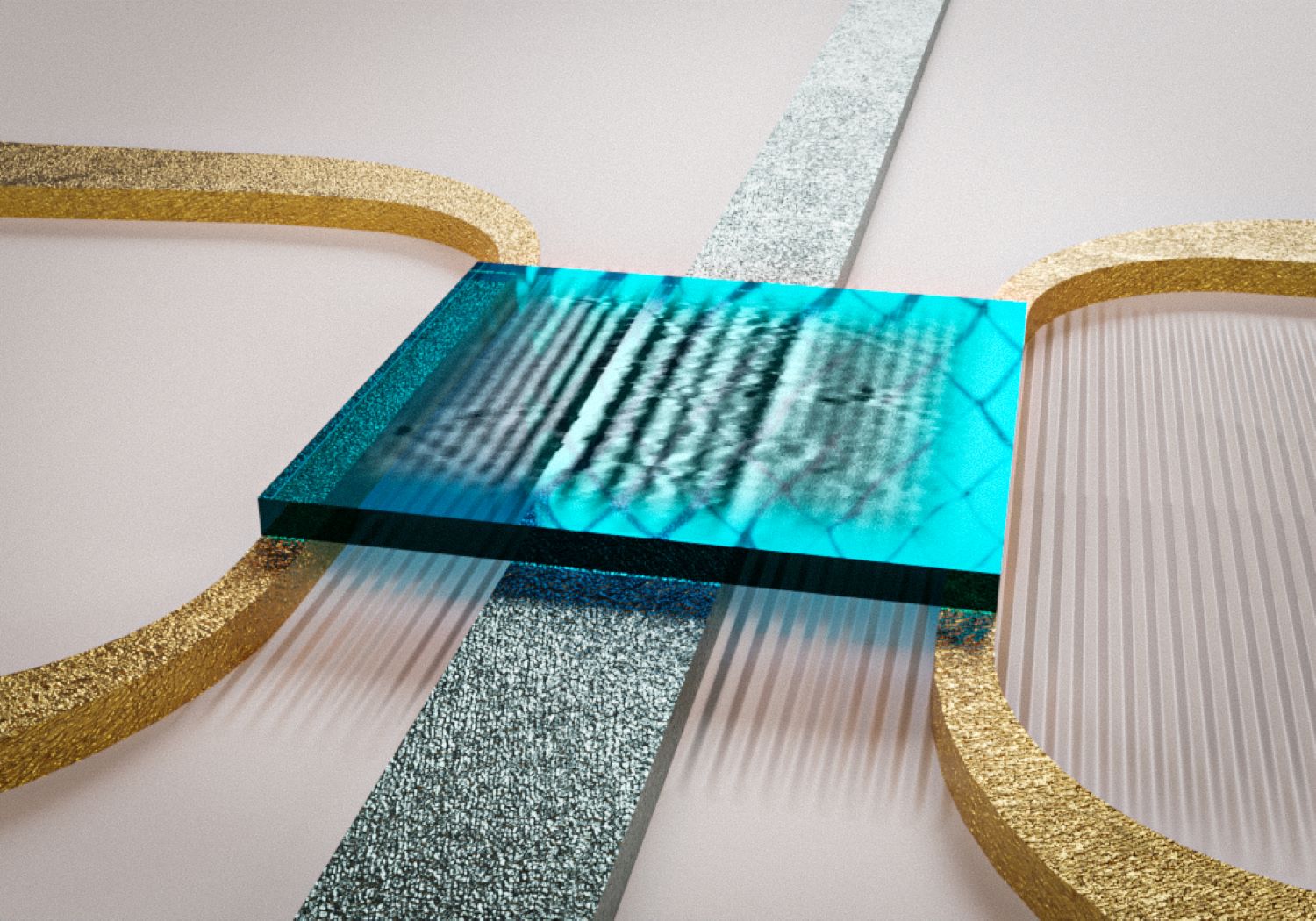
Spin waves are information-carrying waves found in magnetic materials. Scientists have been searching for an effective technique to control and manipulate spin waves for years, as they could be a potential building block for low-energy electronic switching.
Superconductors have allowed quantum physicists at Delft University of Technology to control and manipulate spin waves on a chip for the first time. In the future, these small waves in magnets may provide a promising alternative for connecting electronics, especially quantum computing or areas of energy-efficient information technology. The discovery essentially gives physicists a new understanding of the relationship between magnets and superconductors.
said Tono van der Saar, Associate Professor in the Department of Quantum Nanoscience. „Our research team’s breakthrough is that we show that if we use a superconducting electrode, we can precisely control the spin waves.”
Here’s how it works: An eddy wave creates a magnetic field, which creates a supercurrent in the superconductor. The superconducting electrode of that supercurrent acts as a mirror for the eddy wave, which reflects the magnetic field. Eddy currents are easy to manage due to the ability of superconducting glass to slow the up and down motion of the waves.
Michael Borst, who led the experiment, said: „When the spin waves pass under a superconducting electrode, their wavelength changes completely! By slightly changing the temperature of the electrode, the magnitude of the change can be changed very precisely.
Van der Sar says, „We started with a thin magnetic layer of yttrium iron garnet (YIG), known as Earth’s best magnet. On top of that, we placed a superconducting electrode and another electrode to induce spin waves. By cooling it to -268 degrees, we brought the electrode into a superconducting state.
„It was surprising to see that the spin waves get slower and slower as they cool. It gives us a unique handle to manipulate spin waves; we can deflect them, reflect them, resonate them, and more. But it also provides tremendous new insights into the properties of superconductors.
A key part of the experiment is that scientists use a specific sensor to measure the magnetic field of the spin waves and image them. They used the electrons in diamond as sensors for the magnetic fields of the spin waves. Their lab is a pioneer in that technology. This is interesting because, like an MRI scanner, it can see through the skin on a person’s body and through an opaque superconductor to the bottom of the spin waves.
Borst said, “Storage wave technology is still in its infancy. For example, to build energy-efficient computers with this technology, we first need to start building small circuits to perform calculations. Our discovery opens a door: superconducting electrodes allow countless new and energy-efficient spin-wave circuits.
Van der Sir Adds, „We can now design devices based on spin waves and superconductors that generate tiny heat and sound waves. Think of a spintronics version of frequency filters or resonators, for example, components found in the electronic circuits of cell phones. Or circuits that can act as transistors or connectors between qubits in a quantum computer.
Journal Note:
- M. Borst, PH Vree, A. Lowther et al. Monitoring and Control of Hybrid Spin-Wave-Meissner-Current Transport Systems. Science. DOI: 10.1126/science.adj7576

„Oddany rozwiązywacz problemów. Przyjazny hipsterom praktykant bekonu. Miłośnik kawy. Nieuleczalny introwertyk. Student.
